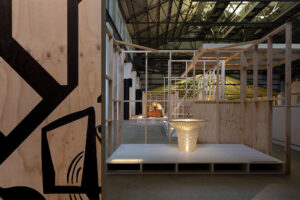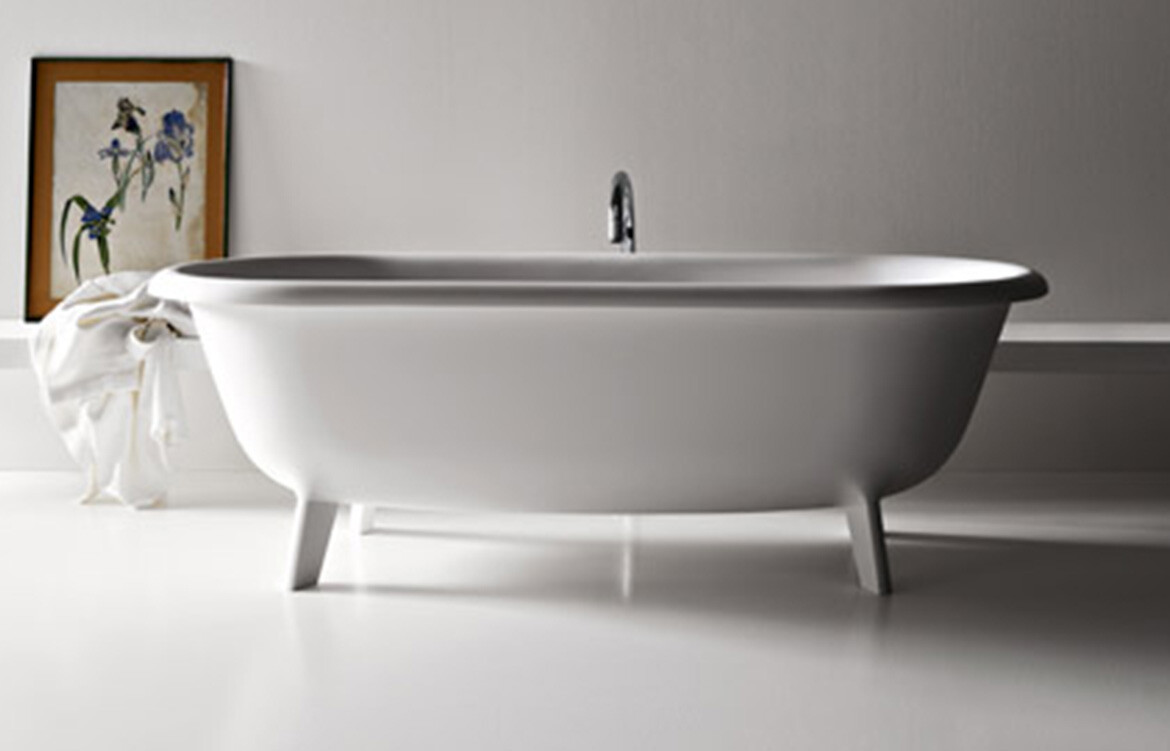With his unornamented, utilitarian designs and penchant for supercycling, Henry Wilson has made a splash on the Australian design scene. But, far from letting the fame go to his head, the young designer remains thoughtful and considered.
“It’s funny, I guess it’s good that people are engaging in design – anyone engaging in anything with passion is great”, he comments, when asked about the buzz of press around his recent SOYA success. Referencing UK designer Thomas Heatherwick he adds, ”I’m not sure about designers as celebrity – it’s really the brave commissioners who should get the glory.” Wilson goes on to point out that designers ought to remember – and be grateful to – the consumers that make their jobs possible. As much as good design creates a design-savvy audience, the design itself should strive to address the problems and necessities of its end user.
The conversation turns to Australian design and how it differs to that of other parts of the world. One of the key differences, in Wilson’s opinion, is that whatever tradition of craftsmanship we had in Australia is slowly ebbing. A significant consequence of this is that “it reduces the idea of design to being ‘one person creation’”. He gives the example of working with a traditional wood pattern maker when developing the A-joint used in a number of his tables; “he dictates the design in many ways” Wilson explains, “he comes to me with a problem, we sit down, we talk about it”. None of this is possible when the designer has no access to the technical expertise of a specialist, a fact which narrows the horizons of what designers can imagine and achieve.
Despite this Wilson appreciates Australia’s broad cultural attitude towards design, “we are a nation of utility, making do and getting by” he observes, “it does sound boring, but in a humble way I’ve always been a big fan of longevity: buy less and buy better.” Which is exactly what Wilson’s products encourage.
To finish up we touch on Wilson’s thoughts regarding his upcoming mentorship under Marc Newson. It turns out they share a common favourite chair (the ‘Superleggera‘ by Gio Ponti for Cassina), as well as a similar formation revolving around hands-on, practical work. Whilst he is an appreciator of Newson’s designs it is particularly the senior designer’s business skills that Wilson is curious about: “I have no idea about when one person becomes two and two becomes fifty” he declares, referring to the growth of his design practice, “it will be lovely to hear from someone who’s been through that”.









![[Don’t] Lose Yourself At The Qantas First Lounge Singapore [Don’t] Lose Yourself At The Qantas First Lounge Singapore](https://cdn.habitusliving.com/wp-content/uploads/QantasFirstLoungeCaonStudioAkinAtelierccJovianLim_barlounge-300x200.jpg)











